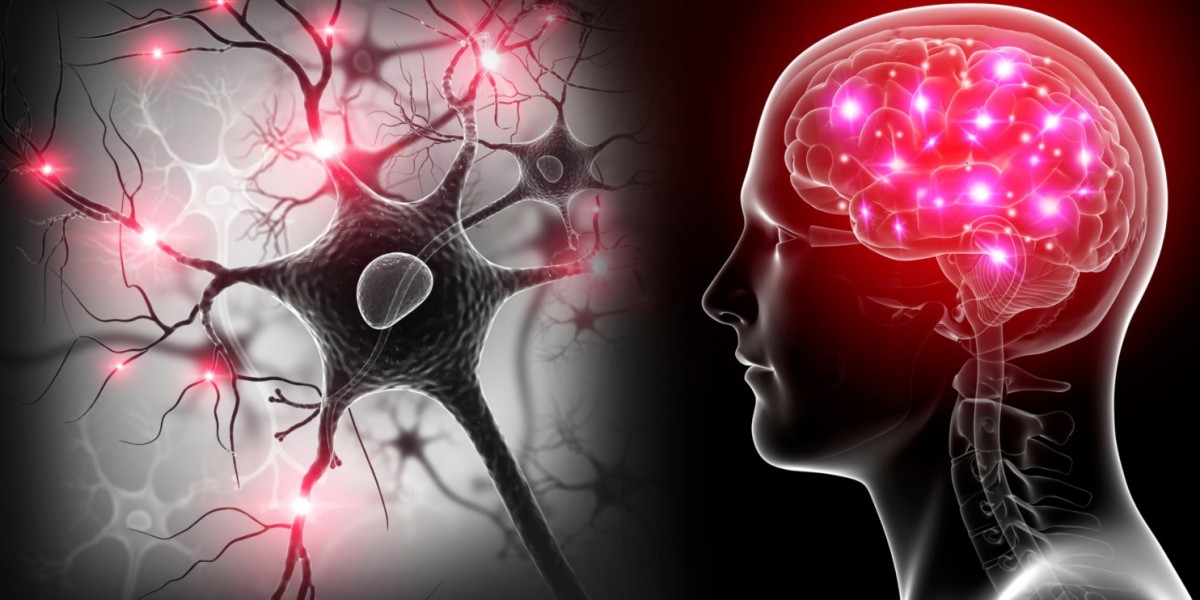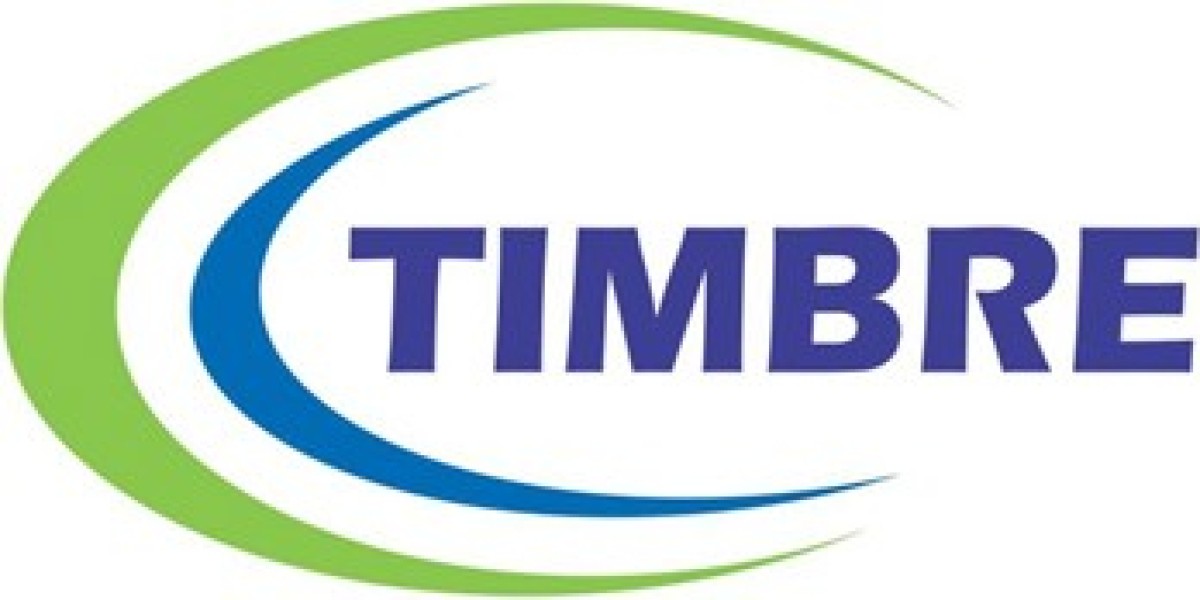Attention Deficit Hyperactivity Disorder (ADHD) is often characterized by challenges with focus, impulsivity, and hyperactivity. Yet, amid these struggles lies a potent and often underestimated asset: creativity. Many individuals with ADHD possess an extraordinary capacity for creative thought, which can be harnessed to foster innovation, problem-solving, and artistic expression. This article explores the relationship between ADHD and creativity and provides practical strategies for channeling imaginative energy effectively.
Understanding ADHD and Creativity
ADHD affects approximately 5-10% of the global population and manifests through symptoms like difficulty sustaining attention, restlessness, and impulsivity. These traits can pose challenges in traditional settings, such as schools and workplaces, where focus and organization are highly valued. However, ADHD also often accompanies a unique cognitive style that can enhance creativity.
People with treatment of ADHD frequently exhibit divergent thinking, a cognitive process where one generates multiple solutions to a problem. This trait aligns closely with creative thinking, which values novelty and originality. Studies suggest that individuals with ADHD may excel in brainstorming, coming up with unconventional ideas, and making connections between seemingly unrelated concepts.
Additionally, the heightened sensitivity to stimuli and emotional experiences common in ADHD can fuel artistic expression. This sensitivity allows individuals to perceive nuances and subtleties that others might overlook, thereby enriching their creative output.
Harnessing ADHD-Driven Creativity
To maximize the creative potential associated with ADHD, it's crucial to develop strategies that accommodate and channel the unique ways ADHD minds work. Here are several practical approaches:
1. Embrace Hyperfocus
While ADHD often involves distractibility, it also includes episodes of hyperfocus, where an individual becomes intensely absorbed in a particular task or interest. Hyperfocus can be a powerful tool for creativity, enabling deep exploration and innovation.
To harness hyperfocus:
Choose projects or hobbies that ignite your interest. When you are genuinely passionate about a subject, you are more likely to experience periods of hyperfocus.
Designate a space that minimizes distractions and facilitates immersion in your work. A clutter-free, dedicated workspace can help channel hyperfocus effectively.
Use techniques like the Pomodoro Technique to structure your time. This method involves working in focused intervals with regular breaks, helping to sustain productivity and avoid burnout.
2. Use Visual Aids and Mind Maps
ADHD often involves difficulties with organizing thoughts and tasks. Visual aids can be instrumental in managing these challenges and boosting creativity.
Create mind maps to visualize ideas and their connections. This technique allows for a non-linear exploration of concepts and can help you see relationships between ideas more clearly.
Use whiteboards or sticky notes to jot down thoughts and ideas as they come. This method helps in organizing and refining ideas in a tangible and flexible way.
3. Incorporate Flexibility and Structure
Balancing flexibility with structure is key to managing ADHD-related challenges while fostering creativity.
Establish a routine that includes regular times for creative work. Setting deadlines, even self-imposed ones, can help maintain focus and progress.
Allow yourself the flexibility to shift between tasks and projects. Embrace the spontaneous nature of ADHD by incorporating varied activities and changing your focus when needed.
4. Leverage ADHD Strengths
ADHD individuals often possess strengths such as high energy levels, enthusiasm, and the ability to think outside the box. Leveraging these strengths can enhance creative processes.
Use your energy bursts for creative endeavors that require high levels of engagement. Engaging in physical activities or breaks can also help manage excess energy and maintain focus.
Embrace your unconventional thinking. When faced with challenges, use your unique perspective to explore novel solutions and approaches.
5. Seek Support and Collaboration
Collaboration can provide valuable support and stimulation for creative projects. Working with others can offer different perspectives and enhance your creative process.
Connect with others who share your interests or creative passions. Collaboration can lead to new ideas, feedback, and encouragement.
Explore tools and apps designed to support ADHD management, such as task organizers, reminder systems, and productivity apps. These tools can help keep you on track and enhance your creative workflow.
6. Practice Self-Care and Mindfulness
Maintaining overall well-being is crucial for sustaining creativity and managing ADHD symptoms effectively.
Physical activity can improve focus, mood, and cognitive function. Incorporate regular exercise into your routine to support mental and physical health.
Practice mindfulness techniques to manage stress and improve attention. Techniques such as meditation and deep breathing exercises can enhance your ability to focus and regulate emotions.
7. Celebrate and Reflect
Recognizing and celebrating your achievements is vital for maintaining motivation and fostering a positive creative mindset.
ADHD symptoms Keep a journal or portfolio of your creative work. Reflecting on your progress and accomplishments can provide a sense of achievement and motivate you to continue exploring new ideas.
Take time to celebrate milestones and successes, no matter how small. Acknowledging your achievements reinforces positive behavior and encourages continued creative exploration.
Conclusion
ADHD and creativity are deeply intertwined, offering a unique set of opportunities and challenges. By embracing the cognitive strengths associated with ADHD and implementing strategies to manage its difficulties, individuals can harness their imaginative potential and achieve remarkable creative outcomes. Through hyperfocus, visual aids, structured flexibility, and collaborative support, those with ADHD can channel their creativity effectively, transforming their challenges into a powerful force for innovation and artistic expression. By prioritizing self-care and celebrating successes, individuals with ADHD can continue to nurture their creative passions and contribute their unique perspectives to the world.








